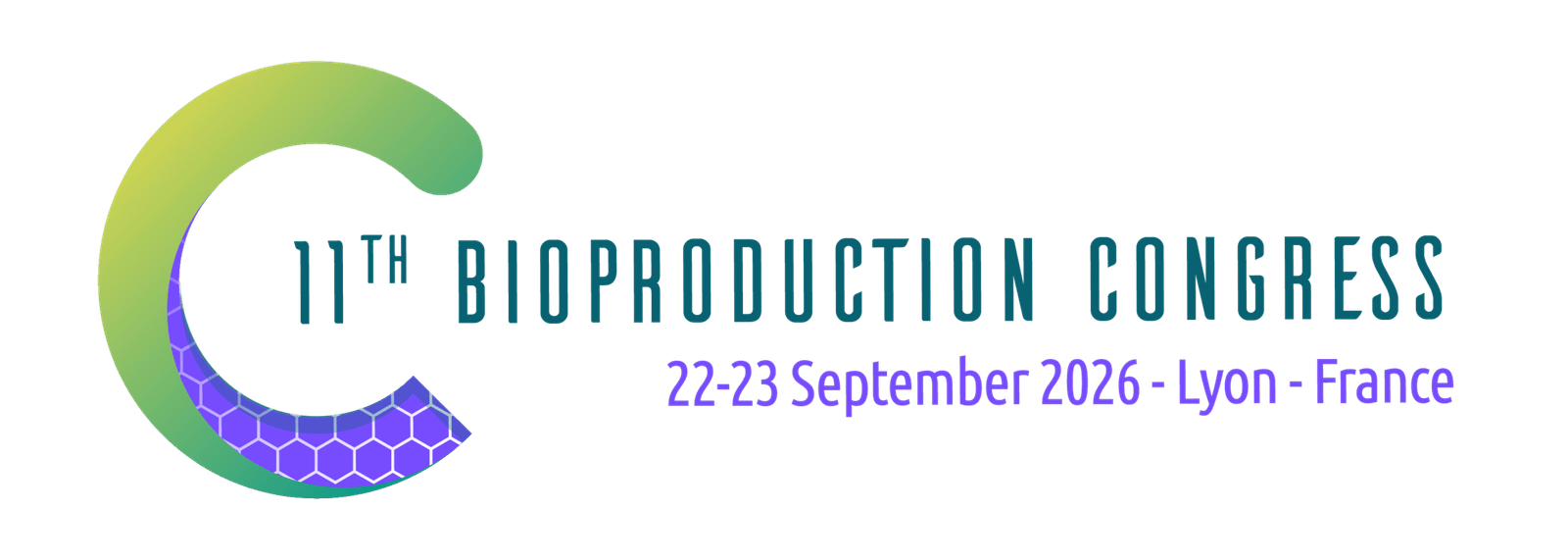SCIENTIFIC ADVISORY BOARD OF BIOPC2025

Alain Beck
Senior Director, Biologics CMC & developability
Institut de Recherche Pierre Fabre, France


Roland Beliard
ex-Business Development Director
ex-LFB Biomanufacturing, France


Nicola Beltraminelli
Chief Development Officer
Innate Pharma, France
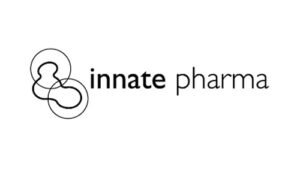

Hervé Broly
ex-VP Biotech Process Development
ex-Merck Serono, Switzerland


Cédric Charretier
Global Head Vaccine Drug Substance Development, Vaccine CMC Development Supply
Sanofi, France
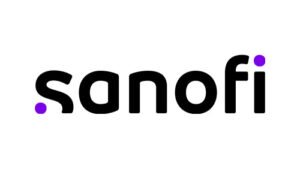

Olivier Cochet
Head of Biotech Developpment and Supply
Debiopharm, Switzerland
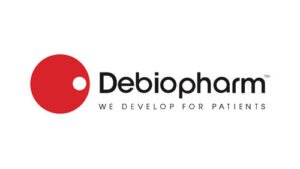

Arnaud Delobel
R&D Director Strategy & Innovation
Quality Assistance, Belgium


Sophie Derenne
Head of the Department Analysis and Market Development
Etablissement Français du Sang (EFS), France


Cyrille Chéry
Group Lead
UCB Pharma, Belgium
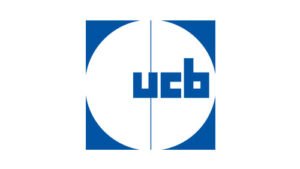

Michaël Lanero Fidalgo
Chief Operating Officer
TreeFrog Therapeutics, France


Oumeya (Mia) Adjali
Senior Scientist in Gene Therapy, Head of TaRGeT laboratory
INSERM, France

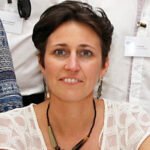
Nathalie Heuzé-Vourc'h
Research Professor Inserm, Deputy director "Health Technologies" Institute
INSERM, France


Miliza Diab
Upstream lab lead - MSAT
Novartis, France


John Churchwell
Associate Lead Scientist
Cell and Gene Therapy Catapult, UK


Guillaume Rousseau
MSAT Site lead
Sanofi, France


Hervé de Malliard
Chairman
MGA Technologies, France


Fabien Rousset
Director of Innovation
PolyPeptide Group, France


Kim Wilson
Business Value Expert - Life Sciences
Dassault Systèmes, USA

